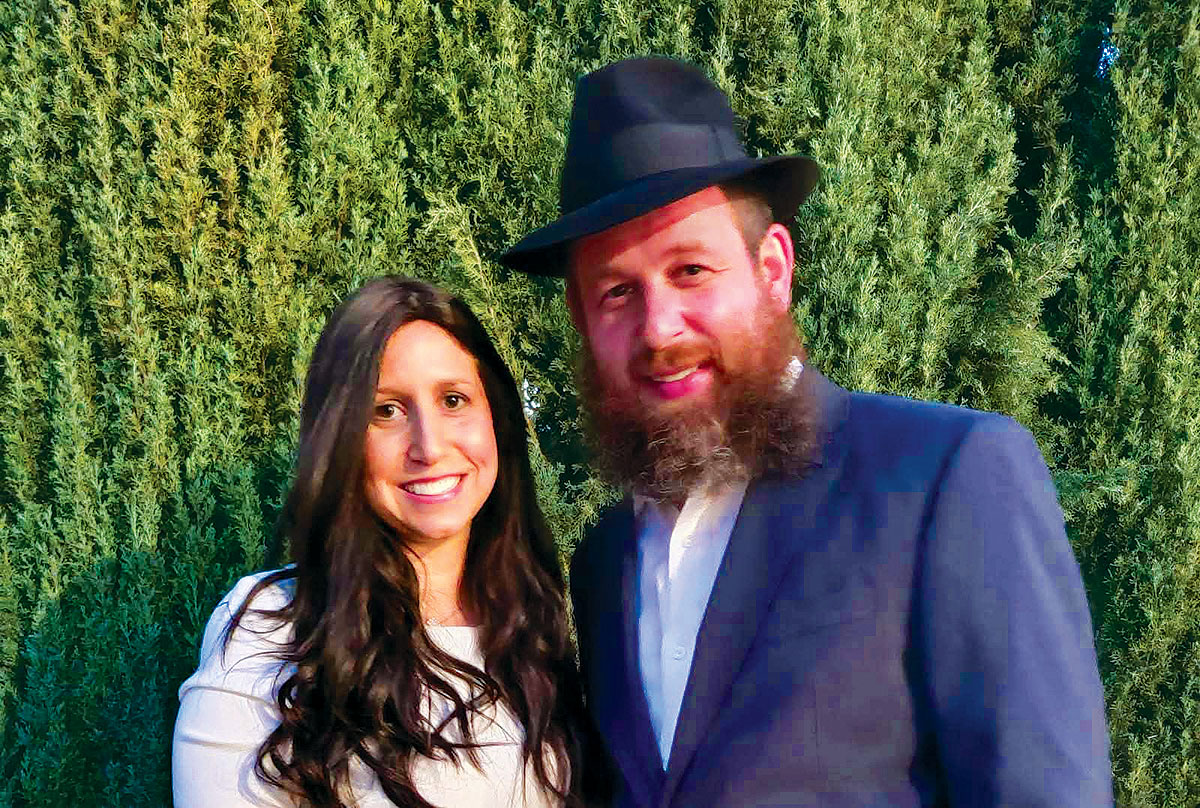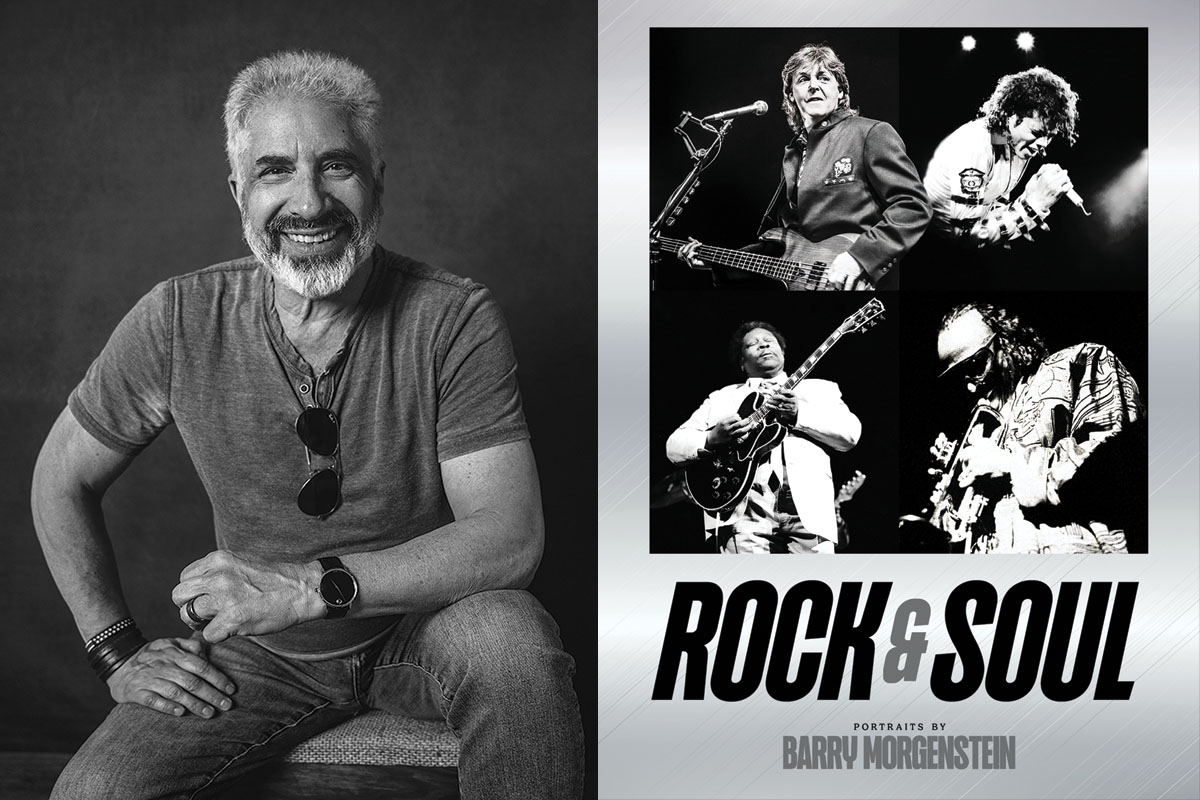On a psychology test I took in seventh grade, we were asked to define a conversion disorder. Also called “functional neurological symptom disorder,” a conversion disorder is a condition in which a person’s psychological stress manifests as a physical problem.
Of course, I couldn’t remember this at that time. So I wrote a fictional paragraph-long description about two people who really loved each other, but one of them wasn’t Jewish. (I figured it was better than handing in a blank paper — I often hoped that my limited capacity to memorize information could be somewhat redeemed through “creativity points,” something that I discovered most teachers do not believe in.) In my imagined scenario — forged from yeshiva day school pedagogy and intermarriage paranoia — the boy’s parents pressured their son’s non-Jewish girlfriend to convert. But rabbis wouldn’t convert someone just for marriage, so the parents disowned their son. The couple married, finding themselves free to love, albeit cut off from their families. My teacher wasn’t buying it either. He marked my paper with a “Clever. But wrong.”
When I was growing up Modern Orthodox in New Jersey in the 1980s, the idea of conversion was something that made people uncomfortable. In our community, you couldn’t convert for marriage. You had to be a “true convert”: someone who would choose Judaism independent of a future life partner; someone who, for no discernible reason, would voluntarily join their own fate to that of the Jewish people. Would-be converts were turned away three times, to test their sincerity. If they passed, and studied, and lived an observant Jewish life, and were judged by a panel of rabbis to be fit for Jewish peoplehood, then they were permitted to join us. Converts’ Hebrew names designated them as “Ben/Bat Avraham (and occasionally “v’Sarah”), linking their lineage directly to the first Jews, Abraham and Sarah, staking a primary and unchallengeable claim on the religion.
We weren’t supposed to call them “converts,” and in those days there was no “Jew by Choice” designation: Once you were Jewish, you were Jewish, and it was forbidden for anyone to remind the convert of his or her former life. Furthermore, according to a midrash (Jewish legend), the souls of all Jews — past, present and future — were actually at the giving of the Torah at Mount Sinai, including those who hadn’t been born yet, as well as future converts. This seemed like a powerful statement of inclusion.
Initially, the acceptance that this perspective seemed to endorse was inspiring. But I realized that designating a convert as “ben Avraham” or “bat Sarah” or even “ben/bat Avraham v’Sarah,” negated all the experiences they’d had before: parents, siblings, a home, whether it was challenging or supportive, an entirety of a life and a breadth of experiences, perspectives, nuances and sensitivity that the community could benefit from. I went to Orthodox school and Conservative camp; I knew that there were different ways to be and do Jewish, and that diversity often expanded perspectives and provoked engagement with and appreciation for the things that sometimes receded into the traditional Jewish background. But I wondered, how do our texts read to people who don’t have a family background in our tradition?
As soon as the Jews-by-choice label started to emerge, it clicked. It wasn’t that these new Jews had been something else before and now were converted: these were fully formed, usually adult people who had looked at the world’s faith options and chosen Judaism. They must have reasons and insights, fresh eyes that would observe things that I hadn’t.
Those of us who grew up Jewish and insulated within our own communities may never have considered asking a recent convert for his or her insights. Depending on our teachers’ pedagogy, we may even have developed some xenophobia; it was part of Jewish rhetoric that, in every generation, enemies rise up to end us as a people; that the mixed multitudes that came out of Egypt created dissent and rebellion in the desert. Foreigners were not part of us; they might even be dangerous.
Today, people from more backgrounds are choosing Judaism, and Jews don’t always look or speak like we may once have thought they did. Jews have an obligation to love the “ger” — a term that means both “foreigner” and “convert,” though some find that difficult. But the existence of the command to love them points to the challenge of the thing: Instead of fearing difference, we should be challenging ourselves to learn from our different perspectives on a common faith tradition.
This year, I experienced the first-night seder at the home of Rabbi Adam Greenwald and Anne Hromadka, close friends who regularly host Jews by Choice for Shabbat and holiday meals. Greenwald is director of the Louis & Judith Miller Introduction to Judaism Program at American Jewish University, where many non-Orthodox Jews by Choice study before their conversions. These meals are special: always enlightening, always accessible in terms of the language used. There’s lots of explanation and lots of opportunity for those in the room to absorb the rituals and respond to them. I had always observed Passover with people who have two Passover seders every year, but this seder night was different from all other seder nights: Around the three tables holding 35 people, a majority were either new to Judaism, or studying toward conversion.
Hearing fresh perspectives on texts I have been reading my whole life was a privilege and a blessing. The idea of coming out of Egypt, leaving something you knew to explore unknown texts and rituals, is undoubtedly scary, but the environment was not one of fear or self-doubt. It was a space to ask questions, to learn from texts and from talking to other people of varying experiences, and to personalize the narrative, to create deeper connections to the Jewish tradition.
And now that these new Jews are fully members of our community, Orthodox authorities advise never to mention a convert’s past, to treat them as if they’ve always been among us. But while making Jews by Choice feel welcome, we can also learn great things from them, including whether our attempts at inclusion are succeeding. How do they feel immediately after their conversions? A year after? Five or 10 years after? Have we, as Greenwald once wrote in the Jewish Journal, “left our converts dripping on the steps of the mikveh”? Do they still see joy in Judaism? Have they become so accepted that no one engages them in study and debate anymore? How are we treating those who have chosen to walk at our side?
Like couples who decide to renew vows after decades together, those of us born Jewish can learn new things about our tradition by learning with and about those who chose our religion. To that end, I will, in the coming months, be writing a new column featuring people who are choosing our religion. And through them, we can learn anew about our faith and, perhaps, renew our commitments. We will let those who are “Jewish and new-ish” tell their stories, explain their reasons for joining, and inspire us with their enthusiasm.


































